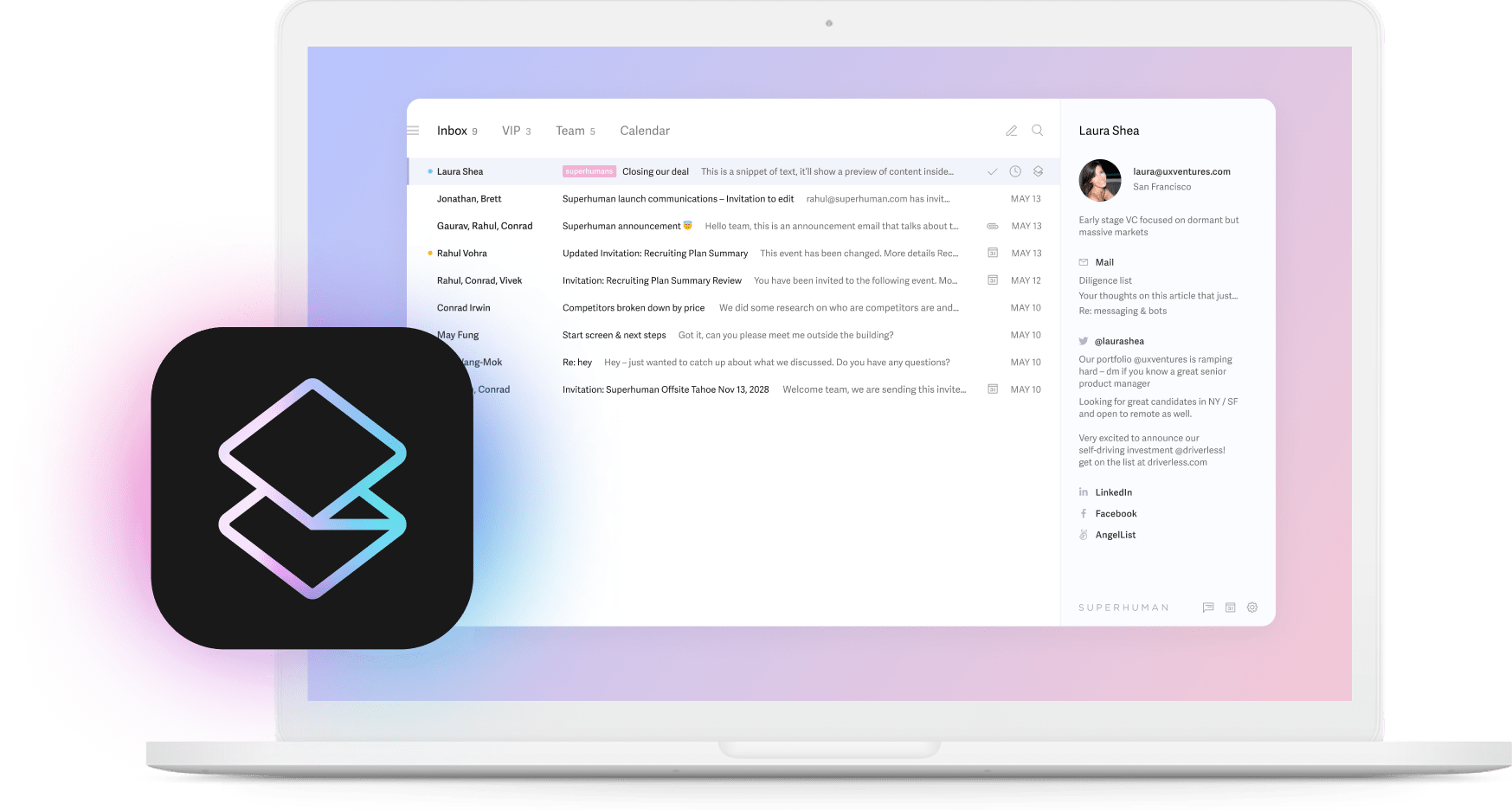
Running a small business means wearing too many hats with too few hands. While your competitors have entire marketing departments, you're struggling to keep up. That's where marketing automation software for small business becomes your secret weapon.
The numbers speak for themselves: marketing automation software for small businesses boosts sales productivity by 14.5% and saves over 20 hours weekly on repetitive tasks.
From resource constraints to competitive edge
Smart automation lets small businesses punch above their weight class. Your small team can run campaigns that used to require a marketing army.
A small e-commerce shop might see dramatically higher email open rates and revenue just by switching from generic newsletters to personalized ones. Today's marketing automation software handles tasks while providing insights that help you make smarter decisions about where to spend your precious time and money.
Accessible automation for every business
Remember when only big companies with massive budgets could afford automation? Those days are gone. What was once enterprise-only technology has become affordable for even the smallest businesses.
Companies like Superhuman are creating intelligent tools that fit small business budgets while delivering big business results. These tools integrate with what you already use, creating comprehensive marketing systems without requiring technical expertise.
Assessing your automation readiness
Before jumping into marketing automation software for small businesses, you need to know what specific problems you're trying to solve, and be sure to review any terms of service relevant to the software you choose.
Identifying your automation opportunities
Start by asking yourself:
- Which manual tasks eat up most of your day?
- Where do your customer communications get stuck?
- What repetitive work is burning out your team?
Pay special attention to your email processes. For most small businesses, email is both your main customer communication channel and a major time sink. Automating routine messages frees up time for strategic work while actually improving customer engagement.
The small business prioritization matrix
When evaluating potential automation opportunities, categorize them based on implementation effort and business impact:
- Quick Wins (High Impact, Low Effort): Focus on these tasks first. They deliver significant value with minimal investment of time and resources.
- Major Projects (High Impact, High Effort): Plan these carefully. They require substantial resources but can transform your business operations.
- Easy Improvements (Low Impact, Low Effort): Implement when convenient. These provide modest benefits but require little effort.
- Not Worth It (Low Impact, High Effort): Avoid these. They drain resources without delivering proportional value.
For each opportunity, consider implementation effort (cost, complexity, training needs) and business impact (time savings, error reduction, revenue potential).
Essential automation capabilities
The right tools help you maintain consistent client communication, spot valuable opportunities, and keep everything on track without hiring more people.
Intelligent communication management
The average professional burns 28% of their workday on email. That's a productivity drain you can fix with tools like Superhuman that help you streamline your workflow.
- Prioritize communications automatically: Systems that sort messages by importance so you handle VIP clients first.
- Automate responses for common inquiries: Creating templates for frequently asked questions maintains consistent, professional communication even during busy periods. Utilizing email snippets for sales teams can greatly enhance communication efficiency.
- Schedule communication strategically: Tools that send email at the best times improve engagement and free you from tracking when to follow up.
Customer journey automation
Small businesses often can't deliver personalized experiences at scale. Customer journey automation solves this by:
- Personalizing content based on behavior: Businesses using personalized campaigns see significantly higher email open rates and revenue per email. Leveraging AI in email marketing enhances personalization, ensuring content resonates with each recipient.
- Creating multi-channel touchpoints: Automating engagement across email, SMS, and social media ensures your messaging stays consistent regardless of how customers prefer to connect.
Lead nurturing and follow-up systems
Inconsistent follow-up kills revenue for small businesses. Automated lead nurturing provides structure to:
- Trigger follow-ups based on engagement: When prospects interact with your content, automated systems immediately deliver the next relevant message.
- Score and prioritize leads: By tracking engagement and assigning values to different interactions, automation helps your team focus on prospects most likely to buy, and improve sales efficiency.
Budget-conscious automation solutions
When every dollar counts, take a tiered approach that lets you start small and scale up as your business grows.
Foundational communication intelligence
Most businesses start with email automation because it delivers immediate value with minimal investment:
- Superhuman: The most productive email app ever made helps you fly through your inbox with Auto Labels, Auto Drafts, and Ask AI. Teams reply 1-2 days sooner, reply to twice as many email in the same amount of time, and save 4 hours per person every single week. Superhuman automatically archives hundreds of email every week, making your inbox feel 10x lighter.
- Mailchimp (Free plan available, paid plans from $13/month): Offers email templates, basic automation workflows, and subscriber management that grow with your business.
- ActiveCampaign (Starting at $29/month): Combines email marketing with sales automation and CRM features, enabling behavior-triggered email and multi-channel engagement.
Strategic pricing considerations
When evaluating tools, consider how their pricing structures will affect your business as you grow:
- User-based pricing: Tools like Superhuman charge per user, making it easy to predict costs as your team evolves.
- Contact-based pricing: Tools like ActiveCampaign and Mailchimp base pricing on your number of contacts, which can cause significant price jumps as your audience grows.
- Feature-based pricing: Tools like Zoho unlock additional capabilities at higher tiers, letting you start simple and add functionality as needed.
Implementation strategy for non-technical teams
With a phased approach and realistic expectations, you can successfully implement marketing automation software even without technical expertise.
Phase 1: Communication workflow optimization
Start small with tools that deliver immediate value without technical complexity:
- Begin with email tools like Superhuman to streamline your daily communication.
- Track time saved on repetitive email tasks as your first success metric.
- Document your current communication processes before automating them.
Phase 2: Customer journey automation
Once you've mastered basic email automation, expand to broader customer touchpoints:
- Implement a user-friendly platform with drag-and-drop interfaces.
- Focus on automating one customer journey segment at a time (e.g., welcome sequences).
- Be realistic about timelines. Plan for 1-2 months to implement and optimize each journey segment.
Common challenges and practical solutions
Challenge: Limited Technical Expertise
- Solution: Choose tools with good support resources and user-friendly interfaces like Superhuman's intuitive design. Additionally, tools that support collaboration are essential when managing remote teams.
Challenge: Data Quality Issues
- Solution: Clean your data before implementation. Start by standardizing contact information and removing duplicates. Also, consider privacy and data protection by ensuring you can manage advertising settings effectively within your chosen tools.
Maximizing your automation ROI
Getting a positive return requires thoughtful planning and ongoing optimization.
Establishing meaningful performance baselines
Before implementing automation, establish clear baseline metrics to measure your success:
- Time spent on repetitive marketing tasks
- Current lead-to-customer conversion rates
- Email open and click-through rates
- Sales cycle length
83% of small businesses using marketing automation reported time savings, while 77% cited increased lead conversion.
Your next steps with marketing automation
Small businesses can finally compete with the big dogs thanks to intelligent marketing automation. Tools that once required enterprise budgets are now accessible to everyone — no matter your size.
Want to know the secret to getting started? It's all about your inbox. Email automation with Superhuman is like having a digital assistant who never sleeps. Your customers get consistent attention while you focus on the big-picture stuff that actually grows your business.
Auto Labels sorting your messages like magic, Auto Drafts answering emails while you're at the beach, and Ask AI finding anything in seconds. No wonder teams using Superhuman save a whopping 4 hours every week! Who knew email could actually be fun again?






